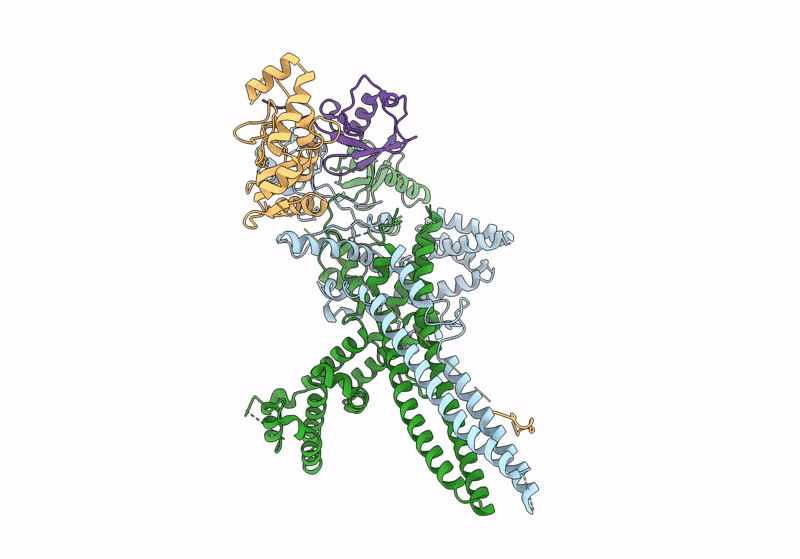
Deposition Date
2023-06-29
Release Date
2024-01-03
Last Version Date
2025-07-09
Entry Detail
PDB ID:
8PMQ
Keywords:
Title:
Catalytic module of yeast GID E3 ligase bound to multiphosphorylated Ubc8~ubiquitin
Biological Source:
Source Organism:
Saccharomyces cerevisiae (Taxon ID: 4932)
Homo sapiens (Taxon ID: 9606)
Homo sapiens (Taxon ID: 9606)
Host Organism:
Method Details:
Experimental Method:
Resolution:
3.53 Å
Aggregation State:
PARTICLE
Reconstruction Method:
SINGLE PARTICLE


